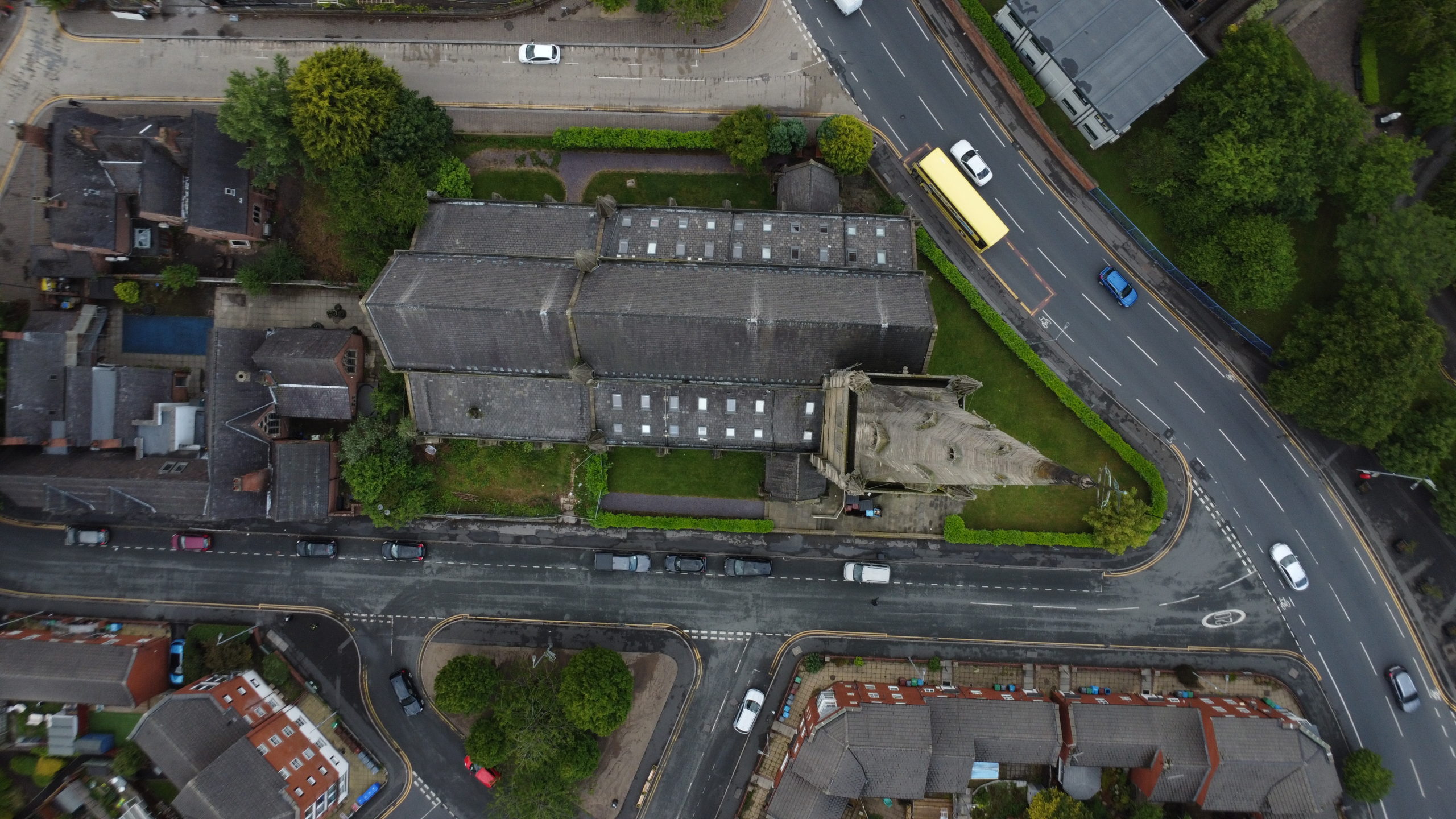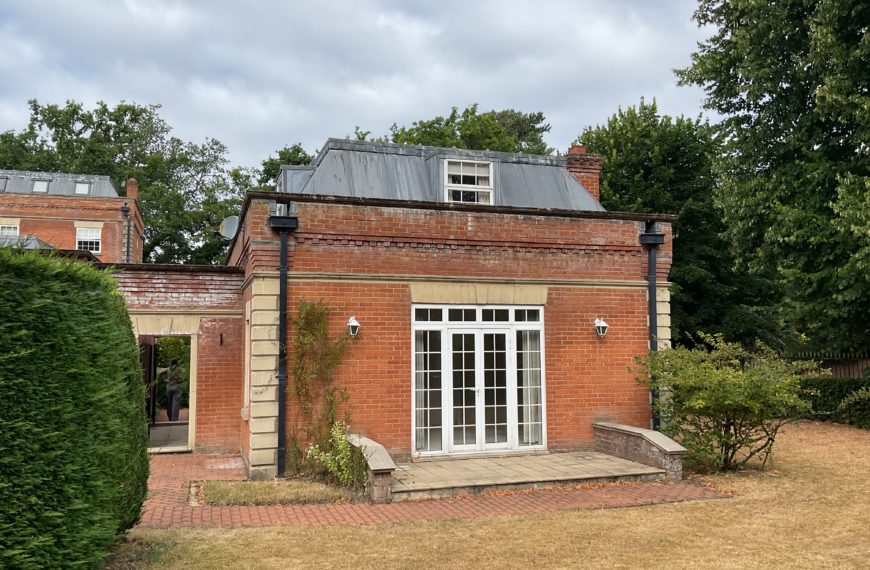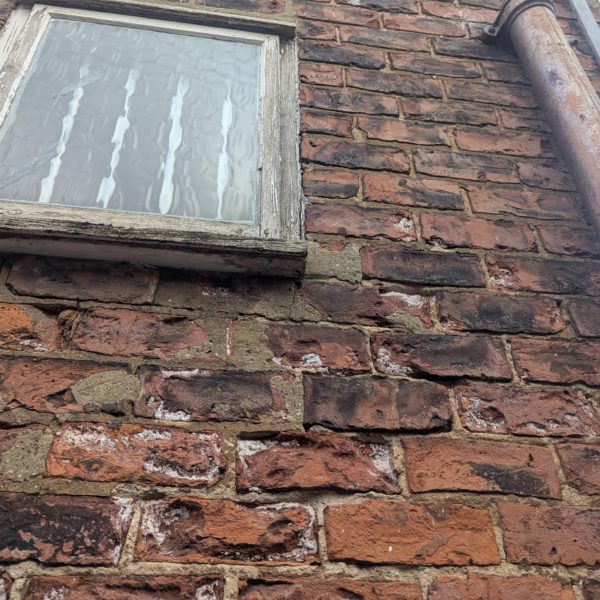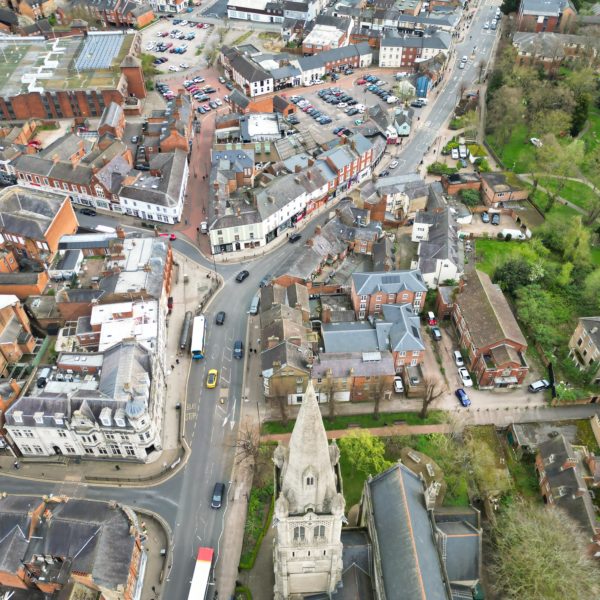Introduction
Owning a listed or heritage property is both an honour and a unique responsibility. These structures, rich in history and built with bespoke materials, demand reinstatement cost assessments (RCAs) that go beyond standard practices. An elemental RCA that breaks down the building into individual components is vital to guarantee accurate valuation, avoid costly underinsurance, and ensure proper coverage when you need it most.
What Is an Elemental Reinstatement Cost Assessment (RCA)?
Unlike generic per-square-metre valuations, an elemental RCA deconstructs the building into core elements and sub-elements: structure, finishes, roofing, joinery, internal plaster, services, and more. Surveyors take precise measurements and itemise the cost of each, considering traditional or rare materials and specialist craftsmanship, essential for accurately valuing listed buildings.
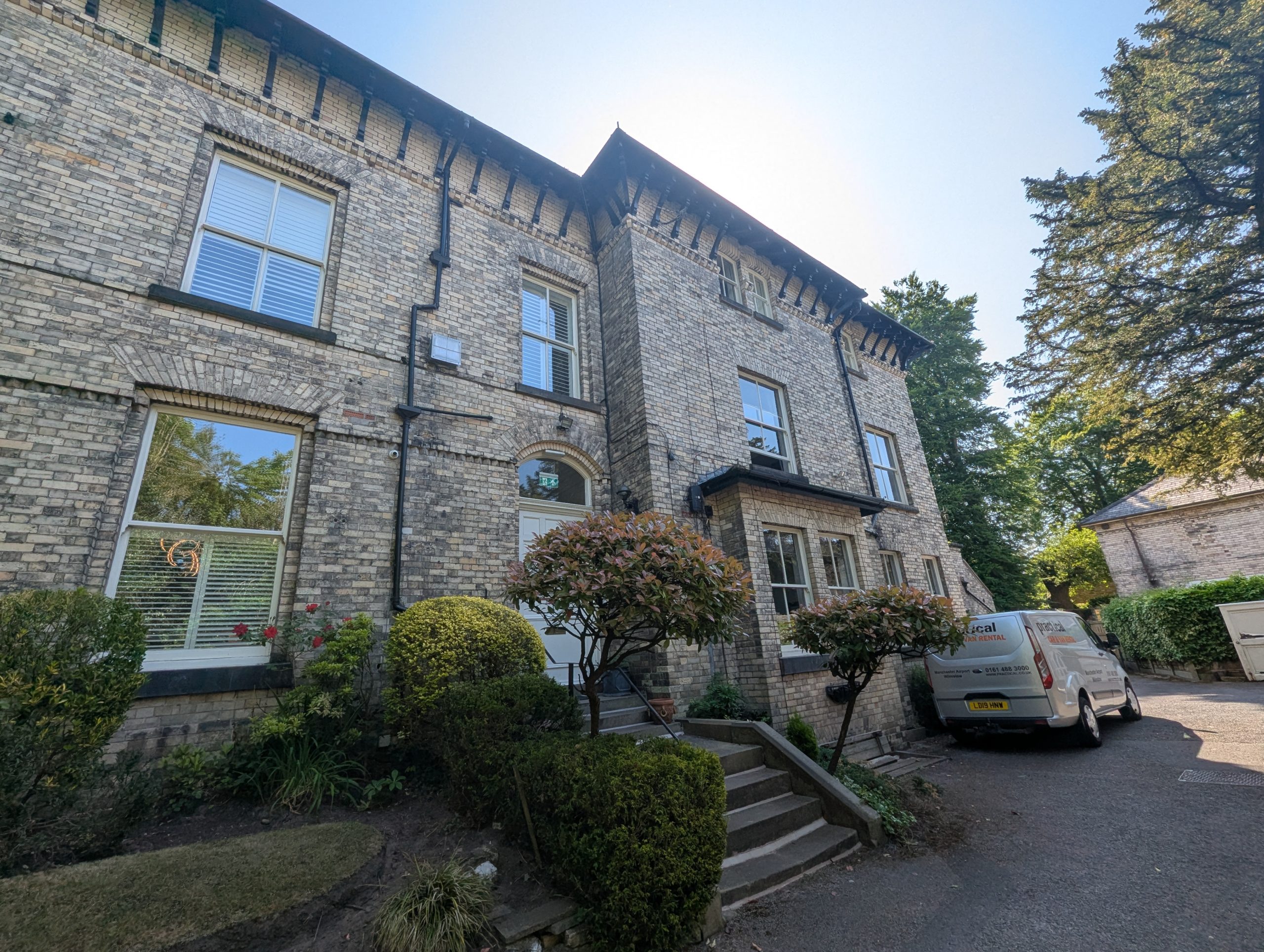
Why Listed Buildings Demand This Level of Detail
Specialist workmanship and materials, such as stone masonry, lime plaster, or bespoke joinery, significantly exceed standard construction costs.
Regulatory constraints, like Listed Building Consent and conservation area controls, compound costs due to matching original materials and techniques and involving heritage bodies.
Supply and skill shortages in traditional trades escalate prices, especially for rare features or remote properties.
Generic data sources (e.g., BCIS) can dangerously understate real costs, amplifying underinsurance risks.
Speak to an Expert TodayRisks of Underinsurance & the Averaging Clause
Many insurance policies contain an averaging clause that reduces payouts if the sum insured is less than the actual reconstruction cost. Even a 20% gap in coverage can result in substantial claim shortfalls. Listed building owners should be especially careful: misjudged RCAs can leave you responsible for salvaging heritage at significant personal expense.
Typical Elemental RCA Fees Compared
| Property Type | Estimated Fee Range |
|---|---|
| Small-to-medium listed property (200–500 m²) | £1,500–£5,000 |
| Large or highly complex structure | £5,000–£15,000+ |
| Basic assessments from mainstream firms | From £450 (non-elemental) |
While more costly than simplistic valuations, these specialist fees represent a negligible outlay compared to the potential financial loss from underinsurance, particularly when restoration costs may run into millions.
How to choose the Right Surveyor
- RICS Chartered status (Building or Quantity Surveyor), confirming adherence to professional and ethical standards.
- Proven heritage or historic building experience, with expertise in wave-calibrated elemental assessments.
- On-site (Level 3) inspections, not merely desk-based estimates.
- Clear, detailed reporting that outlines components, assumptions, inclusions, inflation, VAT, and update cycles.
- Ongoing review services, offering annual indexed updates and complete reassessments every 2–3 years.
Step‑by‑Step Elemental RCA Process
- Engage a RICS-qualified heritage specialist.
- Conduct detailed on-site assessments, documenting all construction techniques, materials, conditions, and heritage features.
- Measure precisely using IPMS or GIFA standards, identifying elements and gathering data on sub-elements.
- Apply regionally adjusted element cost data, considering tender indices and location factors.
- Add overlays for demolition, professional fees, statutory requirements, inflation, and VAT.
- Produce a transparent and readable report with photograph inclusion, site plan, methodology, assumptions, update intervals, and daylight reinstatement basis.
- Update regularly: Desktop inflation-adjusted review annually, full re-assessment every 2–3 year.
Protecting heritage assets requires precision, foresight, and professional guidance. An elemental RCA ensures your listed building is assessed accurately, helping you avoid underinsurance and guaranteeing peace of mind when restoration matters most.
At Fourth Wall, we specialise in listed and heritage buildings. Our team provides clear, practical advice so you can move forward with confidence, protect your investment, and respect the history you’ve inherited.
Need advice about a listed building?
Get in touch today and speak to one our expert chartered building surveyors.
Make an enquiry todayLeading the heritage consultancy at Fourth Wall means more than just preserving bricks and mortar. It’s about understanding the history, character, and legal responsibilities that come with listed buildings.
We work closely with clients, conservation officers, and planning authorities to strike the right balance between protecting heritage value and delivering practical, modern use. No two sites are the same, and that’s what makes this work so rewarding.Liam Piercy BSc (Hons) MRICS, Director & Heritage Specialist at Fourth Wall Building Consultancy
Formerly Eton College and Buckingham Palace Estates Team
Frequently Asked Questions
Q: Why can’t insurers just use standard data like BCIS?
A: BCIS values are generalised and often exclude heritage-specific costs. They don’t account for conservation requirements, rare materials, or traditional craftsmanship, common in listed buildings.
Q: What if my insurance policy isn’t updated?
A: If outdated, policies may underinsure your building. That can trigger an averaging clause and reduce payouts, or risk complete coverage denial.
Q: Is the elemental RCA legally mandated?
A: Not by law, but highly recommended, or required, by insurers, lenders, or lease agreements for listed properties.
Q: How often must I reassess?
A: Annual desktop reviews to adjust for inflation plus a full elemental reassessment every 2–3 years or after significant alterations

